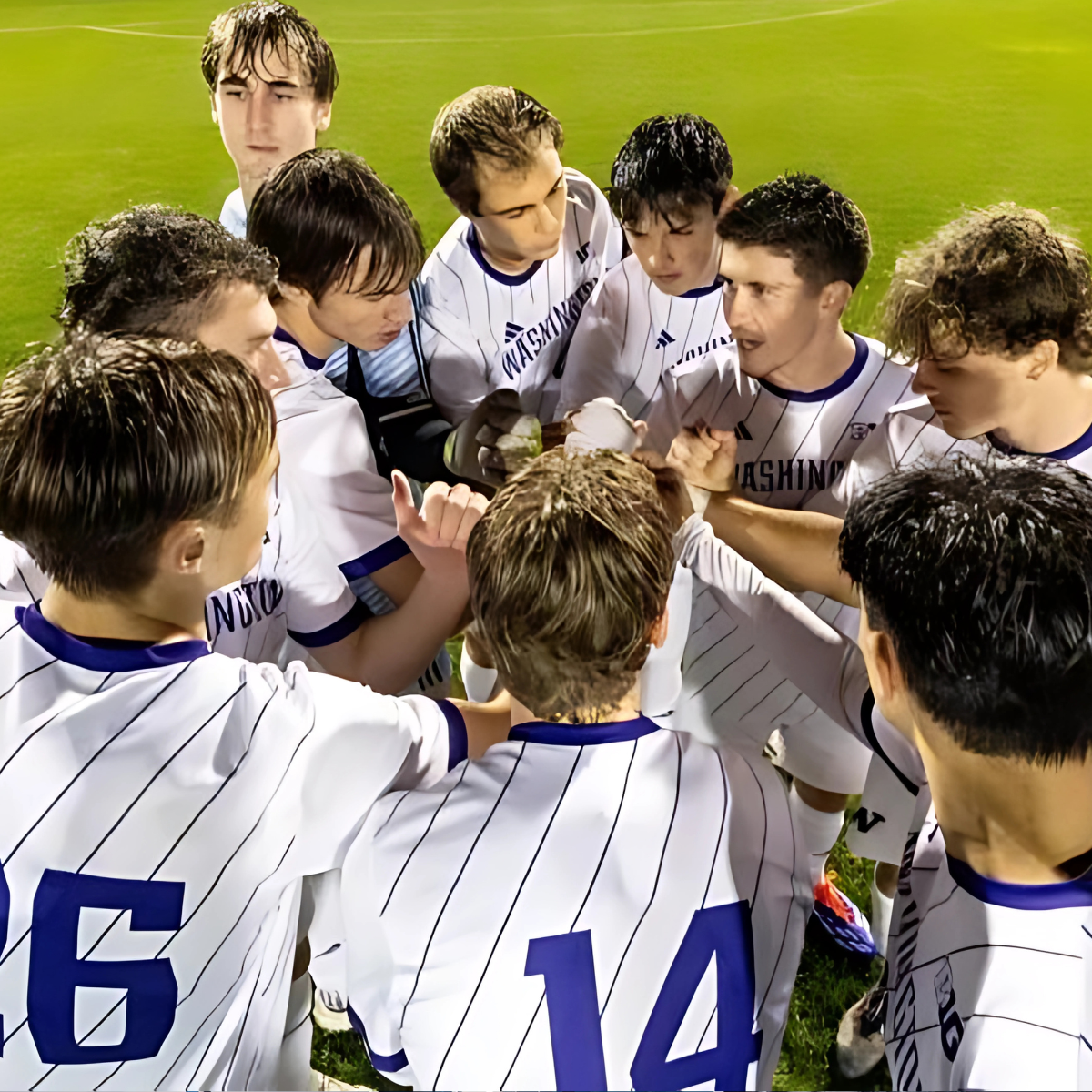The Davis Cup is one of the most prestigious team competitions in men's tennis, often referred to as the "World Cup of Tennis."
Its unique format and structure set it apart from individual tournaments like the Grand Slams and ATP events. Understanding the format of the Davis Cup Finals and its distinctive characteristics provides insight into its significance in the sport.
Format of the Davis Cup Finals
The Davis Cup Finals feature a structured format that has evolved over the years, particularly with changes implemented in 2019. Here’s a breakdown of the current format:
- Qualification Rounds:
- The tournament begins with qualifying rounds, where 24 teams compete to secure their spots in the Finals. This round typically takes place in early February, with teams competing in head-to-head ties.
- Group Stage:
- Following the qualifiers, the 16 qualifying teams are divided into four groups of four teams each for the group stage, held in September. Each group competes in a round-robin format, where each team plays against every other team in their group.
- Knockout Stage:
- The top two teams from each group advance to the knockout stage, which consists of quarterfinals, semifinals, and the final. This stage is crucial as it determines the overall champion of the Davis Cup.
- Match Format:
- Each tie in the knockout stage consists of three matches: two singles matches and one doubles match. The team that wins at least two out of these three matches wins the tie. All matches are played in a best-of-three sets format, which differs from the traditional best-of-five sets used in earlier Davis Cup formats.
- Venue Selection:
- The ties are hosted by one of the competing nations, and the choice of venue is determined based on previous encounters or by lot if the teams have never met. This adds an element of home advantage, as teams can choose surfaces that suit their players’ strengths.
SEE: How the Premier League Transfer Window Affects Team Dynamics at the Start of the Season
Key Differences from Other Tennis Tournaments
- Team vs. Individual Competition:
- Unlike Grand Slam tournaments, which focus on individual players competing for personal titles, the Davis Cup is a team event where players represent their countries. This national pride adds a unique dimension to the competition, as players are motivated not only for personal glory but also for their teammates and fans.
- Match Structure:
- The Davis Cup’s structure of ties and rubbers contrasts with the standard format of individual tournaments. In Grand Slams, players compete in a single-elimination format, while in the Davis Cup, teams must win a majority of matches across multiple days to advance, fostering a different strategic approach.
- Scoring Format:
- The best-of-three sets format in the Davis Cup Finals is a significant departure from the best-of-five sets format used in many Grand Slam tournaments. This shorter format can lead to more unpredictable outcomes and requires players to adapt their strategies accordingly.
- Scheduling and Logistics:
- The Davis Cup is spread over several weekends throughout the year, with qualifying rounds and group stages leading up to the Finals. This contrasts with the concentrated scheduling of Grand Slam events, which take place over two weeks. The logistics of hosting ties in different countries also add complexity to the Davis Cup compared to more centralized individual tournaments.
- Player Participation:
- Participation in the Davis Cup can vary significantly based on players' commitments and national priorities. Some top players may opt out of Davis Cup matches due to scheduling conflicts with the ATP Tour, while others may prioritize representing their country. This can lead to varying team compositions and competitiveness from year to year.
The Davis Cup Finals feature a unique format that emphasizes teamwork, national pride, and strategic play. Its structure, which includes qualification rounds, group stages, and knockout matches, sets it apart from traditional individual tournaments. Understanding these differences enhances appreciation for the Davis Cup’s significance in the world of tennis, highlighting its role as a prestigious competition that showcases the best of national representation in the sport. As the intensity of the MotoGP calendar continues to grow, the strategies employed during these preparations become increasingly vital for success on the track. As the intensity of the MotoGP calendar continues to grow, the strategies employed during these preparations become increasingly vital for success on the track.
SEE: How MotoGP Riders Prepare for Back-to-Back Races like the British and Austrian Grands Prix







%20(1200%20%C3%97%20232%20px)%20(9).png)









.png)

